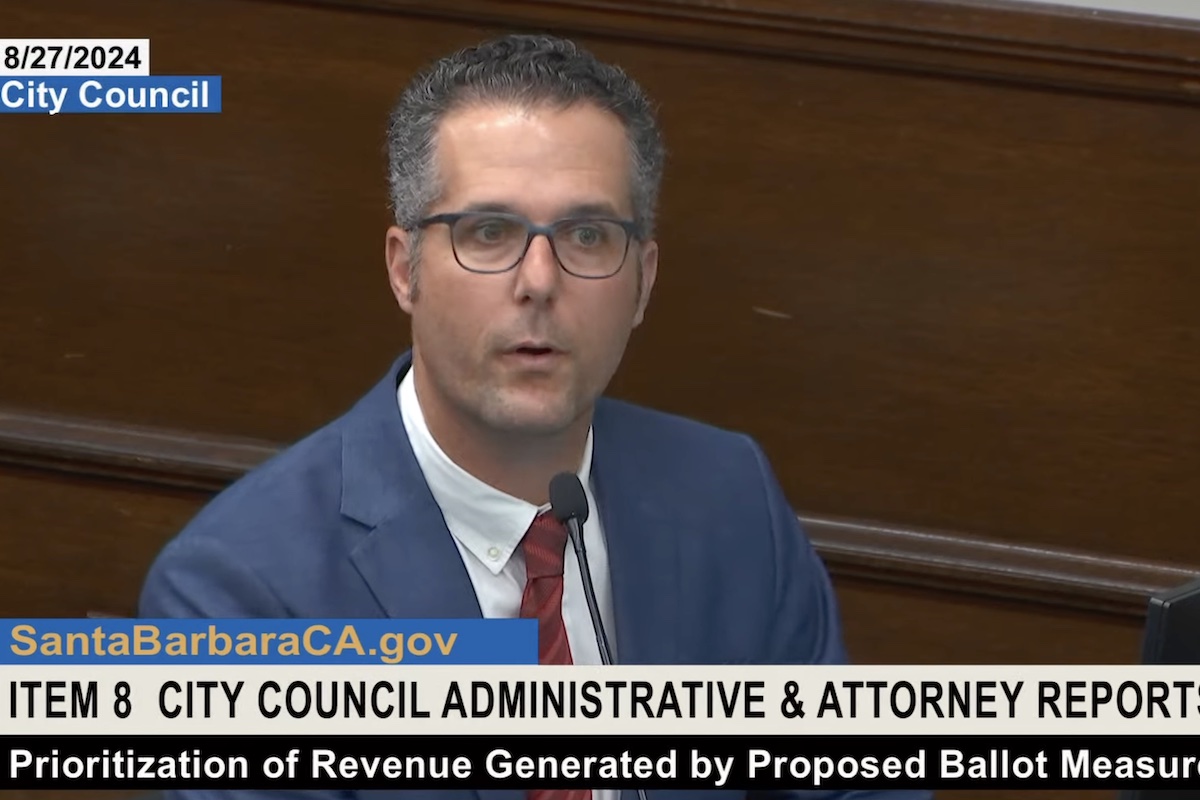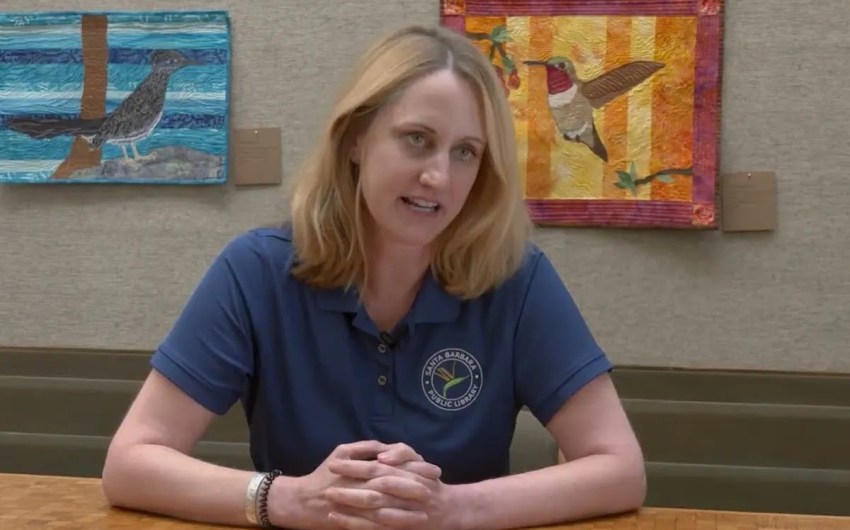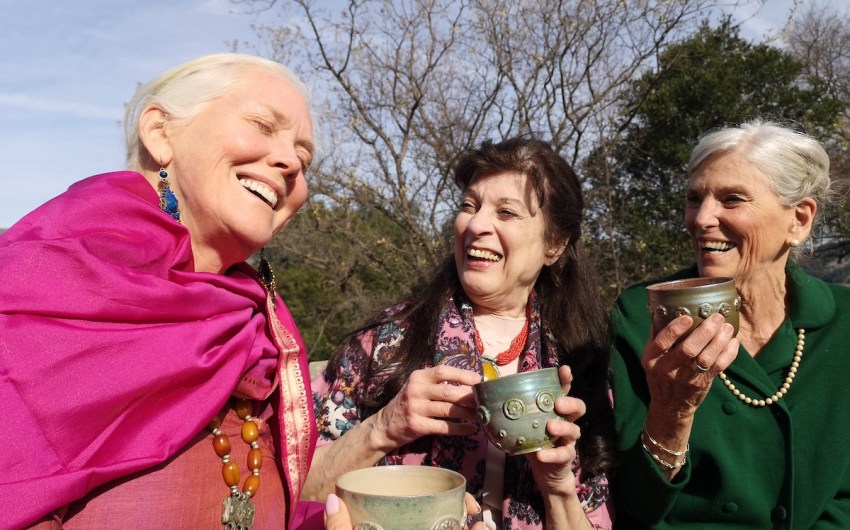Santa Barbara City Council Finalizes Priority List for Sales Tax Ballot Measure
Measure I Would Increase City's Sales Tax from 8.75 to 9.25 Percent If Passed by Voters in November

Though Measure I will appear on Santa Barbara ballots as a half-percent sales tax the city expects will raise $15.6 million to cover a $7.1 million hole in the current budget, what consumed the discussion on Tuesday afternoon was the order of the list of priorities, or whether there was one, actually.
What will appear on the ballot is a sentence listing eight categories the additional tax would fund, but what appeared in the staff report was this bulleted list:
∙ Maintaining 9-1-1 emergency fire, paramedic, and police response
∙ Making contributions to the City’s Local Housing Trust Fund, improving housing affordability, and addressing homelessness
∙ Keeping local fire stations open
∙ Maintaining library services
∙ Keeping public areas and parks safe and clean
∙ Stormwater protection
∙ Improving natural disaster preparedness
∙ Retaining local businesses and jobs
Councilmember Kristen Sneddon admitted to being befuddled by the list and the speakers advocating eloquently to emphasize affordable housing or the many services the libraries deliver. Was the council there to arrange the list? she wondered.
The list reflected the council’s values, said Councilmember Eric Friedman, a member of the Finance Committee, which had hashed out the issue last week. At the time, Finance Director Keith DeMartini had explained that the list came from community meetings held during the past year and reflected their, and the council’s, priorities. Councilmember Meagan Harmon, who also sits on the Finance Committee, most recently with her baby in her lap, noted that the list was in no priority order.
DeMartini said the tax funds went into the city’s General Fund. It would be up to the council in future budget talks to decide how to distribute the money among the indicated categories. “All kinds of mayhem can occur in the course of funding the pot that you’re not anticipating,” Councilmember Mike Jordan observed, calling the list a snapshot in time. “Things at the bottom of the list can move up over time” or down. That the money would be spent as the public expected involved a little trust in the council, Jordan said, for which they were held accountable every four years.
Measure I, which is for “collective” priorities, the council agreed, would increase the city’s sales tax from 8.75 to 9.25 percent if passed in November.











You must be logged in to post a comment.